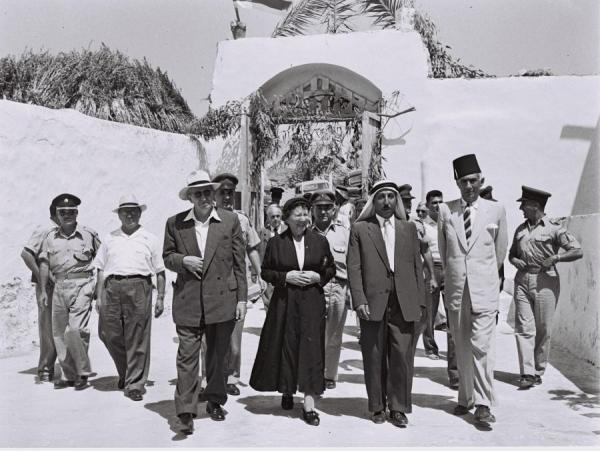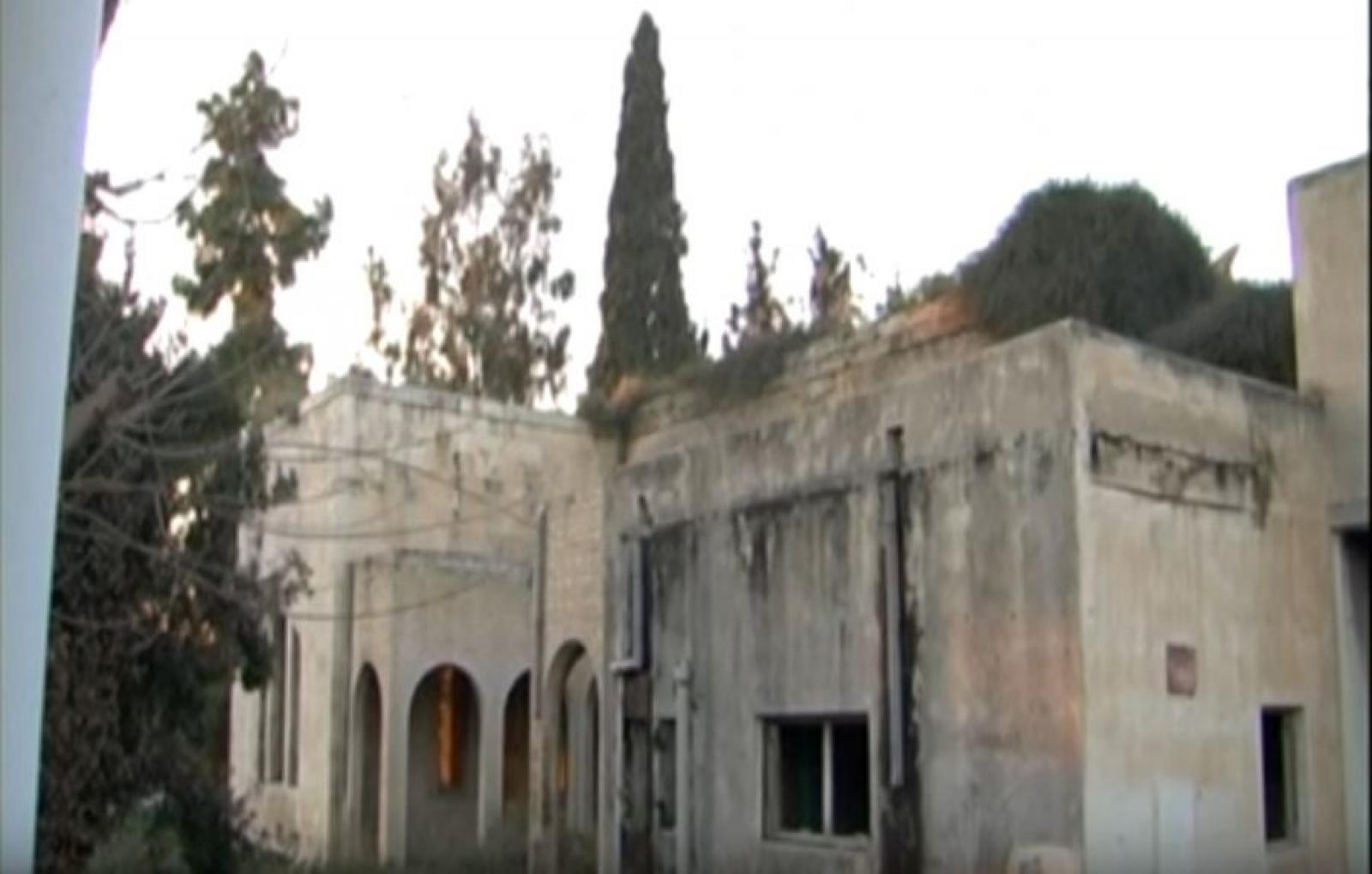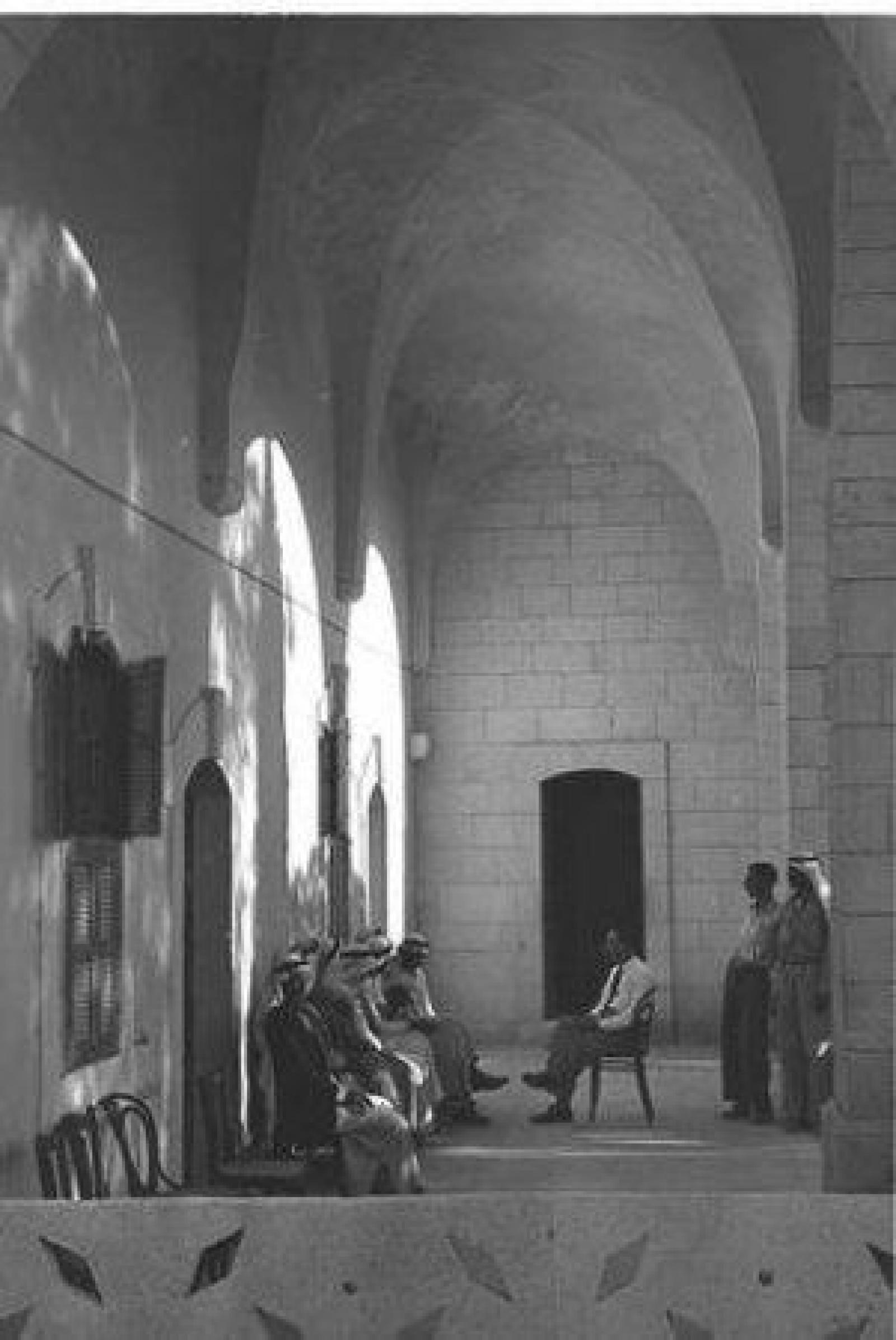Hamdan Palace, Baqa al-Gharbiyye - a symbol of feudal oppression
The Hamdan Palace is located in Baqa al-Gharbiyye within the occupied territories of 1948, where the wall of separation and racist expansion was built during the second intifada (2000-2004), a year prior to its occupation. The city was part of the district of Tulkarm, 12 km north of the city from the western Sharawiyya district. The palace however is located at the northern entrance of the town, at the entry point into the town from Jat village.
Following the changes in the property and title deed laws in (1858) within the Ottoman Empire framework, heavy taxes were imposed on Baqa al-Gharbiyye peasants, which they had to pay in cash. Therefore, they were forced to register and sell the lands to Haj Hamdan Ahmad, on paper, while they continued to work in them. Thus, Hamdan became in charge of these lands before the state. Moreover, this period of instability in the Ottoman Empire and the absence of centralised authority have led to the dominance of those with power and greed who could impose their will. Heavy, burdensome debts, especially what came to be known as ‘talaa = طلاع’ have also pushed the peasants to sell lands. This type of debt is based on 4 annual interest rates that have to be paid and are renewed every three months. Another type of debt is called ‘Vergi = الويركو’, which is 12 millimes per acre of land inside the city, and 8 millimes per acre of land outside the city. Note that every 10 millimes equals 1 piastre, and every 100 piastres equals 1 pound.
In an interview that Muhammad Qaadan conducted with Mr Fahmi Mawasi he mentioned that Hamdan was known among the peasants as ‘The Lash of the Turks’. And in the period between the end of the Ottoman rule and the beginning of the British Mandate, the palace was built while he was still the leader over the people of Baqa al-Gharbiyye during the Ottoman rule, a position further backed by the British. Hamdan bought large swathes of land in ‘al-Khawa’ due to the accumulating debts owed by the peasants. This indicates how the British also benefited from the family leaders who enslaved the peasants by the force of law, taxes and Ottoman reforms.
Hamdan had now owned more than 80% of the lands of Baqa al-Gharbiyye, and most of the peasants in the city were working for him. It must be mentioned that in 1928 the people in the town, especially those in the southern neighbourhood, had revolted and demanded that Hamdan divide the lands and render all of them common land among the people. From their part, the people in the western and shami/Levantine neighbourhoods followed suit and demonstrated at what would be called ‘Hamdan Hill’, chanting slogans such as: ‘Put up the flags, raise your hands… Wait for glad tidings ‘bout our lands.’
After this demonstration, the elderlies in the neighbourhoods called for a meeting to discuss the return of lands. And indeed, some pieces of land were distributed in exchange for relinquishing others in Al-Shaqfan and ‘Mwat lands’, for example, to Hamdan Haj Ahmad, in coordination with the tax collector in Tulkarm. The residents of the village were thus happy with the procedure because the lands returned to them were more fertile and central.
We have chosen this site for its architectural, aesthetic, cultural and economic value, and because the successive Israeli authorities have neglected to preserve this important heritage.

Images

